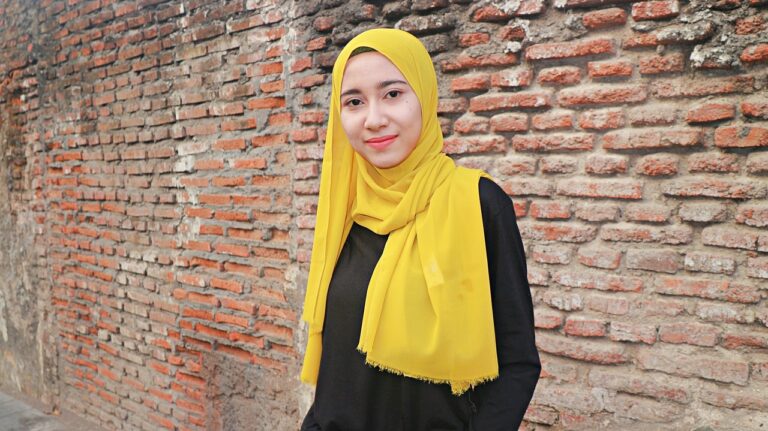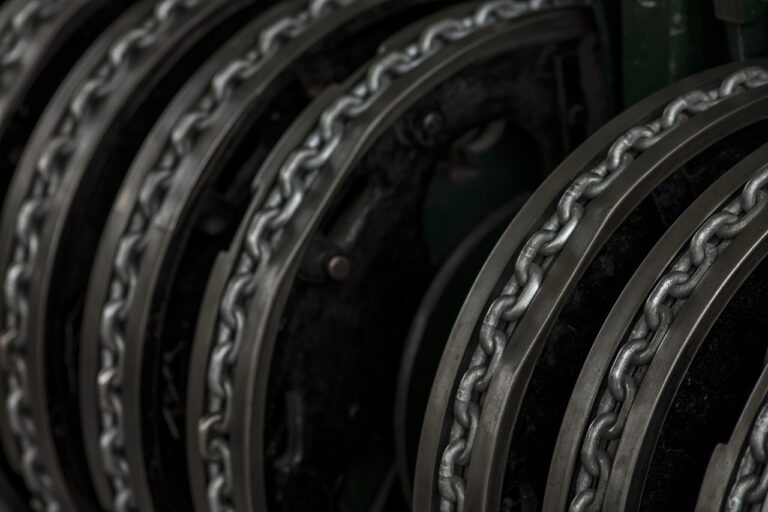Fashion and Food Sustainability: Exploring Eco-Friendly Fabrics: Betbook250.com, 11xplay, Yolo 247
betbook250.com, 11xplay, yolo 247: Fashion and Food Sustainability: Exploring Eco-Friendly Fabrics
In recent years, the fashion industry has faced increased scrutiny for its impact on the environment. From water pollution to waste generation, the production of clothing has been linked to numerous environmental issues. As consumers become more conscious of their purchasing decisions, there has been a growing demand for sustainable fashion options, including eco-friendly fabrics.
Eco-friendly fabrics are materials that have been produced in a way that minimizes harm to the environment. These fabrics are typically made from renewable resources, require less water and energy to produce, and are biodegradable or recyclable. By opting for clothing made from eco-friendly fabrics, consumers can reduce their carbon footprint and support sustainable practices in the fashion industry.
There are several eco-friendly fabrics that are gaining popularity in the fashion world. Here are some of the most common options:
1. Organic Cotton: Organic cotton is grown without the use of harmful pesticides or synthetic fertilizers. It requires less water to produce than conventional cotton and is biodegradable.
2. Hemp: Hemp is a versatile and durable fabric that requires minimal water and pesticides to grow. It is also biodegradable and can be grown in various climates.
3. Tencel: Tencel is a type of lyocell fabric made from sustainably sourced wood pulp. It is known for its softness and breathability, making it a popular choice for eco-conscious consumers.
4. Recycled Polyester: Recycled polyester is made from post-consumer plastic bottles. By using recycled materials, this fabric helps reduce waste in landfills and energy consumption.
5. Bamboo: Bamboo fabric is made from bamboo pulp, which is a fast-growing and renewable resource. It is also biodegradable and has natural antimicrobial properties.
6. Linen: Linen is a natural fiber made from the flax plant. It is a highly sustainable fabric as flax requires minimal water and pesticides to grow.
By choosing clothing made from these eco-friendly fabrics, consumers can support sustainable practices in the fashion industry and reduce their environmental impact. Additionally, many fashion brands are now offering collections made from eco-friendly fabrics, making it easier for consumers to make environmentally conscious choices.
FAQs:
1. Are eco-friendly fabrics more expensive than traditional fabrics?
While eco-friendly fabrics may have a slightly higher price point due to the sustainable practices involved in their production, they are often higher in quality and durability, making them a worthwhile investment.
2. Are eco-friendly fabrics less comfortable to wear?
Not at all! Many eco-friendly fabrics, such as organic cotton and Tencel, are known for their softness and comfort, making them ideal for everyday wear.
3. How can I tell if a garment is made from eco-friendly fabric?
Look for certifications such as GOTS (Global Organic Textile Standard) or OEKO-TEX Standard 100, which ensure that the fabric meets certain environmental and social criteria. Additionally, many brands now label their products with information about the materials used.







